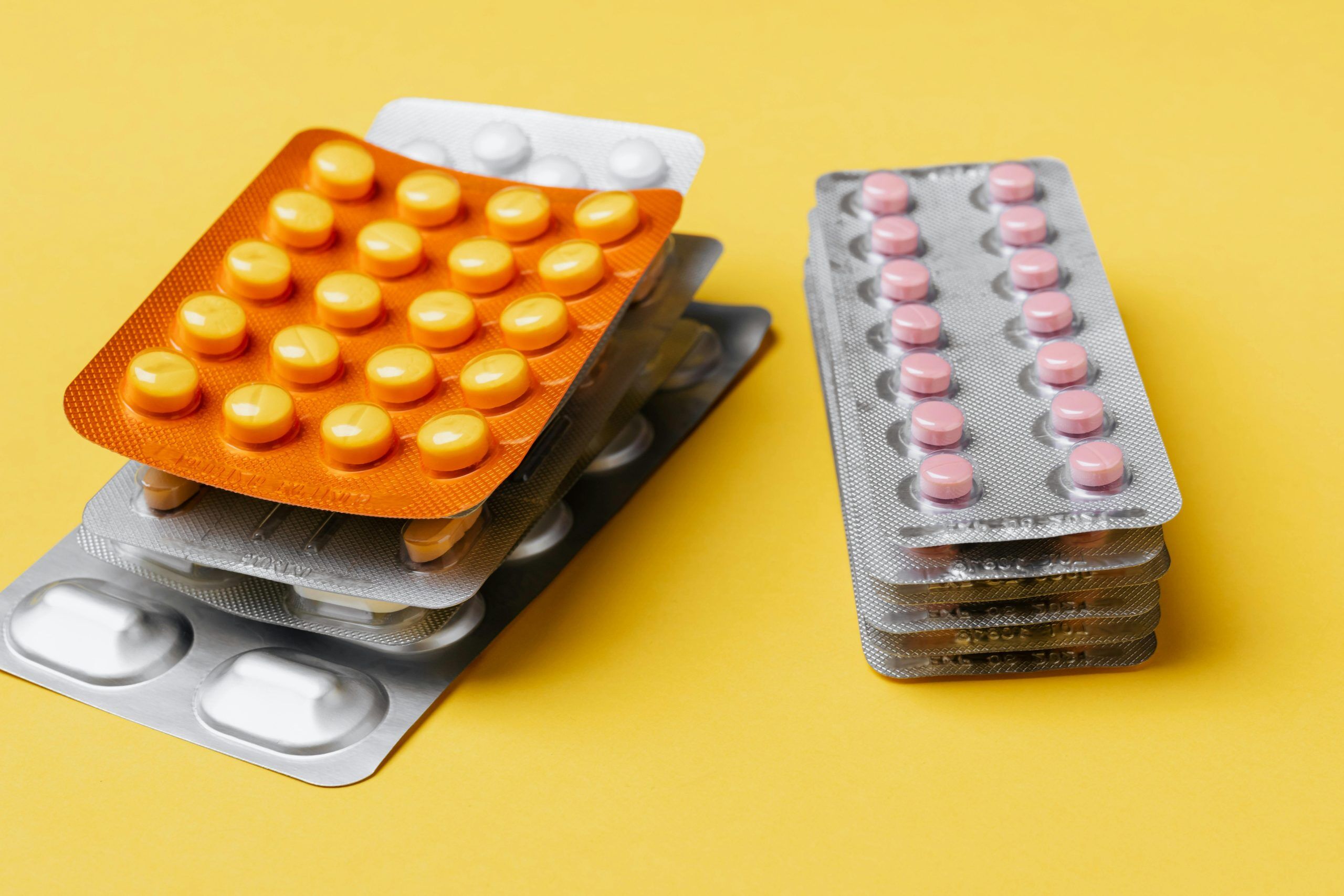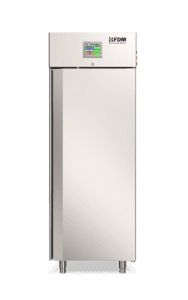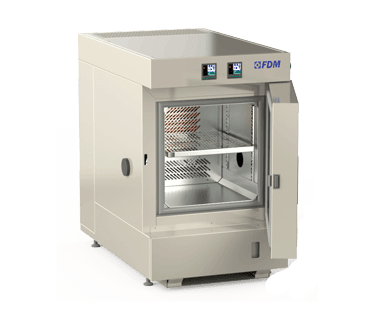
In the pharmaceutical sector, patient safety begins long before the administration of the drug.
Every active ingredient, every formulation, must pass a long series of tests that guarantee its efficacy and stability. Among these, Pharmaceutical Humidity Control, also known as RH testing (relative humidity), plays an essential role.
In today's article we will see what it is, what it is for, which tools it is performed with and which international standards outline the procedures.
RH Testing: What it is and What it is for
The term RH testing identifies the relative humidity test, a fundamental environmental parameter in the pharmaceutical sector.
Many drugs are in fact hygroscopic: they absorb or release humidity, modifying their chemical or physical structure.
Pharmaceutical Humidity Control allows you to study the stability of a drug in different environmental conditions. During the storage phase, for example, excessive humidity can promote the formation of mold or alter the bioavailability of the active ingredient. On the contrary, too low levels can cause unwanted crystallization or compromise the integrity of the capsules.
Perform
Climate Stress
Discover the new series of Climate Chambers for controlled climate testing
How Pharmaceutical Humidity Control is performed
The main tool for carrying out Pharmaceutical Humidity Control is the climatic chamber.
Climatic chambers are laboratory instruments consisting of a hermetically insulated compartment and within which it is possible to set, alter and monitor two key environmental parameters: temperature and, obviously, relative humidity (RH).
As regards relative humidity, modern climatic chambers can reach levels close to saturation and simulate a wide range of environmental conditions, with relative temperature levels.
Furthermore, the chambers are equipped with high-precision sensors, strategically positioned to guarantee the uniformity of the internal climate. The control system intervenes in real time to compensate for any deviations, avoiding phenomena such as condensation or dehydration of the samples.
All, of course, traceable and compliant with good laboratory practices (GLP/GMP).
International Standards for Pharmaceutical Humidity Control
Pharmaceutical Humidity Control is regulated by international guidelines, mainly issued by the ICH (International Council for Harmonisation). The most relevant include:
- ICH Q1A (R2) – Stability Testing of New Drug Substances and Products: establishes the standard climatic conditions (e.g. 25°C/60% RH or 40°C/75% RH) for testing the stability of drugs on a global basis. It is the reference guideline for accelerated and long-term studies.
- ICH Q1B – Photostability Testing: although focused on light, this guideline requires the simultaneous control of relative humidity during exposure, making a highly stable environment necessary.
- ICH Q5C – Stability Testing of Biotechnological/Biological Products: for biological products, humidity can critically affect the structure of protein molecules. Q5C requires accurate hygrometric control under specific conditions to ensure compliance.
You cannot find the ideal chamber for your test?
Create your own environment, according to any test requirement
The FDM climatic chamber for Pharmaceutical Humidity Control
For over 70 years, FDM - Environment Makers has been operating in the field of climate simulation as a leading company in the sector.
Our climatic chambers are designed to perform all tests on products and materials, including HR Testing on pharmaceutical products.
In addition, our specialized technicians are always available to listen to the customer's needs to design with him a customized climatic chamber that meets his specific needs.
Download the White Paper below to learn more.
Would you like to receive a quote or do you have questions about the product?
Contact us to receive more information about this Product.



